The Endless Controversy of Truvada
by The Awl
Some find Truvada incredibly controversial. Some find it wildly sensible. Meet Howard Grossman, one of the world’s preeminent HIV doctors, as he visits with a patient who no longer uses condoms for sex. This is part one of a three-part documentary.
A Village of Guinea Pigs
by The Awl
In the Netherlands there’s a foundation for the assistance of guinea pigs. YOU CAN SPONSOR ONE. True story!
New York City, April 30, 2015
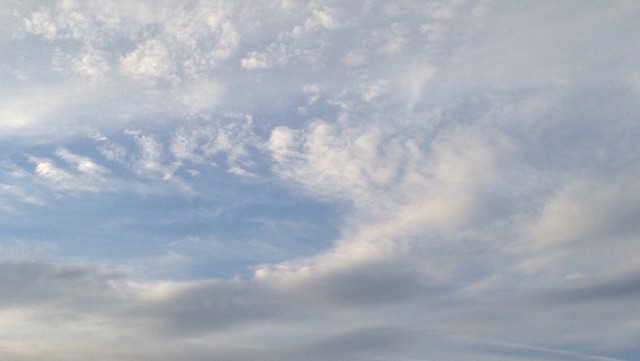
★★★★ Daylight glowed through the thick curtains at the back of the restaurant. A man at the next table played birdsongs on his phone. Dogwood flowers were out beside the church. Pear blossoms met in midair to put a ceiling over the cross street. It was light-sweater weather, cool and fine in a completely different mode than the warm fineness the day before. A woman threw fistfuls of crumbs to the sidewalk, watched by pigeons on the post-office wall, among them a squab in its mangy new feathers. Out in the brick plaza, children hunkered down with magnifying glasses, trying to burn things. Above the thin silvery clouds ran a whiter contrail, straight and thick despite being an agglomeration of little round puffs, like something made with bursts of the old MacPaint spray tool.
OMG Spring
by Hallie Bateman and Josephine Livingstone
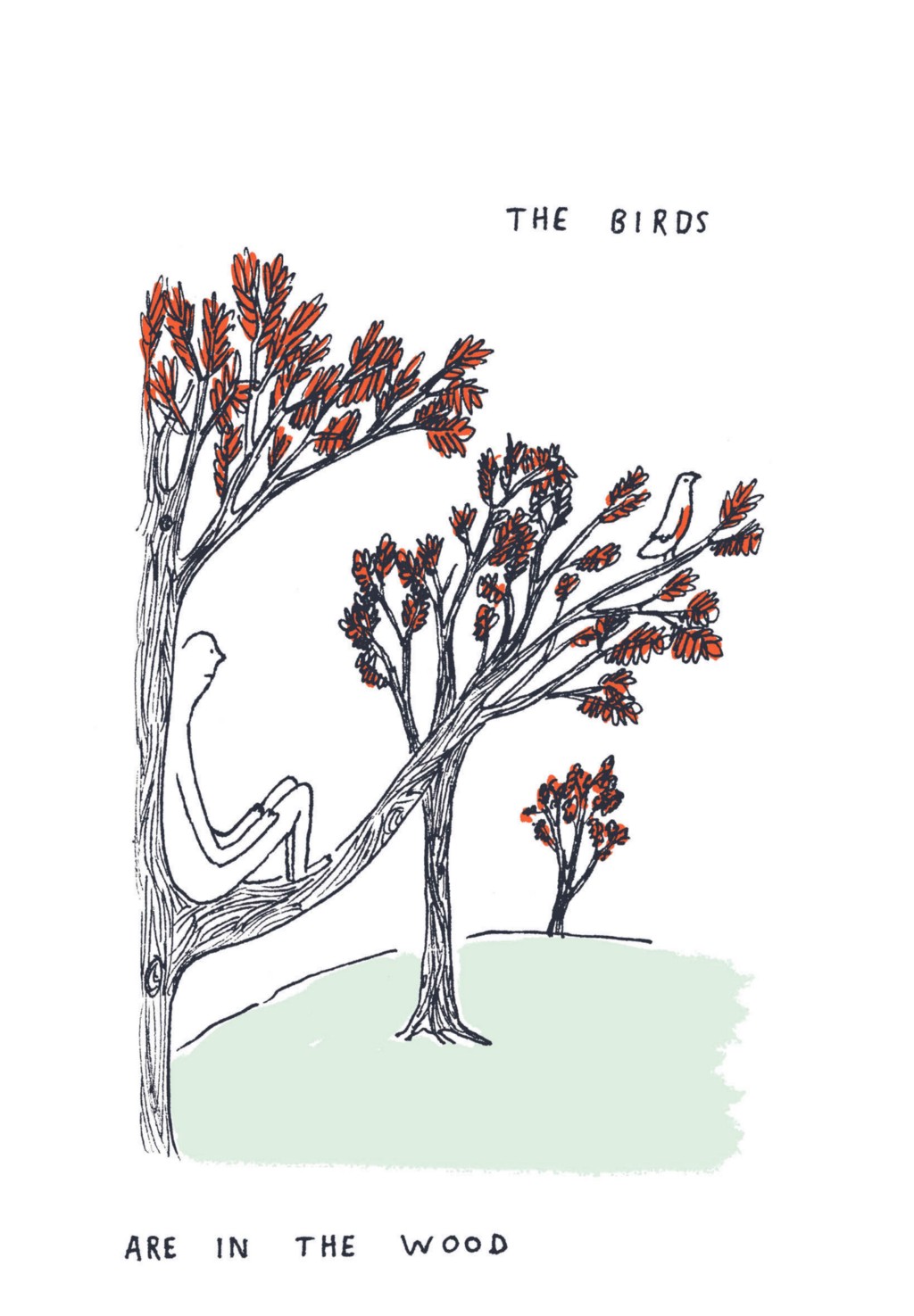

“Fowles in the Frith,” anonymous medieval English Lyric, circa thirteenth to fourteenth century AD, translated by Jo Livingstone
Perception Powerful
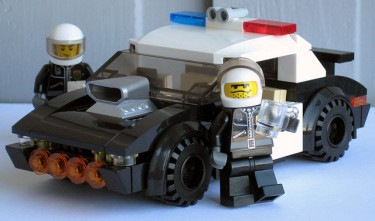
A number of criminologists believe police homicides are near their nadir. In New York City, for example, 91 people were fatally shot by police officers in 1971 — and a record-low eight in 2013, the last year for which figures are available. In Los Angeles, officers used “categorical” force — gunfire, chokings and other violence that could lead to death — in 84 of nearly 149,000 arrests in 2012, down 17 percent in seven years.
That data suggests that any perception that higher numbers of unarmed African-Americans are being killed by the police in recent months is driven by citizens’ postings of unsettling cellphone videos and pictures, like that of police officers dragging Freddie Gray, his legs apparently not working, into a van.
Well, as long as it’s just a perception that the police are killing so many people in their custody.
Photo by SearchFunction
An Episode Guide for Netflix Presents: Marvel's Daredevil of Hell's Kitchen
by Michael Maiello
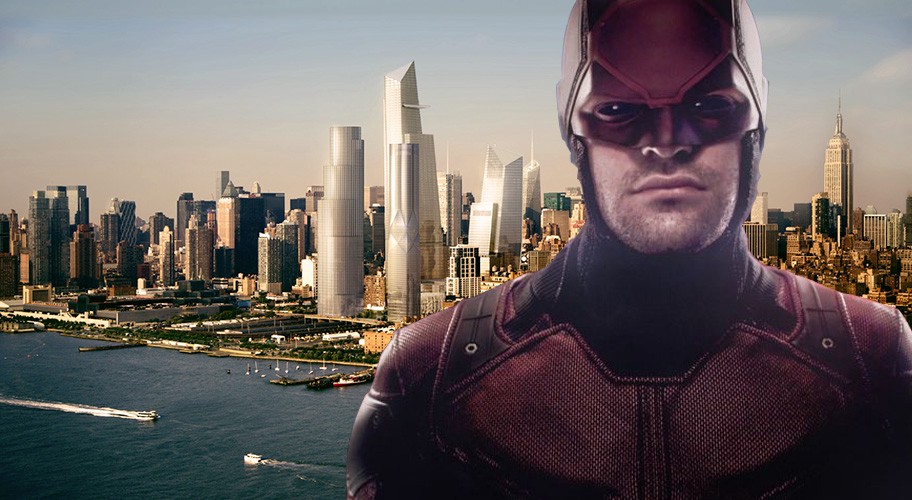
Netflix Presents: Marvel’s Daredevil of Hell’s Kitchen follows the journey of attorney Matt Murdock, who, in an improbable boyhood accident, was blinded by toxic waste and imbued with extraordinary senses. Murdock sets up practice in Manhattan Hell’s Kitchen, once a pit of crime and despair, but now among the toniest neighborhoods in the safest city in America, replete with cultural attractions, nightlife, vibrant streets, and abundant free Wi-Fi. As an attorney, Murdock struggles to build a practice that will finance a two-bedroom two-bathroom apartment in a pre-war building that was a “real bargain” at just under a million dollars. As the crime-fighter Daredevil, he struggles to find something to do.
Episode 1: A Room of One’s Own
When Murdock finds out that criminal real estate developer Wilson Fisk is illegally running an Airbnb out of a rent-controlled apartment on 48th street, Daredevil uses his freakish martial arts skills to force a pair of European tourists out of the building and into legitimate accommodations at The Standard in the Meatpacking District.
Episode 2: Sunday, Bloody Brunch Day
While at all-you-can-drink brunch at the Film Centre Café, Daredevil’s heightened senses alert him that the pitchers of Bloody Marys being brought to the table utilize a cheap well vodka that will give Foggy, Karen, and him headaches before 3 p.m.
Episode 3: The Blind Leading…
Tourists ask Murdock for directions to the M & M store.
Episode 4: The Gates of Hell
Daredevil busts an unscrupulous apartment broker trying to claim that Hell’s Kitchen extends all the way to 6th Avenue, which is past Broadway. It doesn’t; 8th Avenue is its eastern boundary. The broker is beaten savagely. Commenters on Curbed are wildly enthusiastic.
Episode 5: The Break-In
A series of apartment break-ins sets Daredevil on the hunt for the burglar who accidentally snapped a selfie with one of victim’s iPhones, sending the photo directly into her iCloud account.
Episode 6: Out of the Kitchen, Into the…
Murdock visits the the Time Warner Center while wearing his new Warby Parker glasses to stop tourists from being robbed by the Art of Shaving’s incredibly overpriced men’s grooming products.
Episode 7: Two Men, Two Rings
Blind lawyer Murdock attends a same-sex wedding. No big deal, it is 2015 and this is like his third time at one.
Episode 8: Under These Stars
At the Hudson River Piers, Murdock plunges into the depths of night where his hyper-acute hearing helps him enjoy a jazz concert under the stars. The beer selection is limited and expensive and they won’t let you bring in your own even though the piers are now a public park. But the music is good.
Episode 9: Devil on Two Wheels
With the aid of his partner Foggy Nelson, Murdock signs up for a year-long Citi Bike membership. They then ride along the Hudson River towards Battery Park City where Daredevil uses his battle staves to force joggers and strollers out of the bike path.
Episode 10: The Devil in Moonlight
After busting an UberX driver for turning down a ride request from a blind passenger, his former master Stick, Daredevil, upset that the 7 subway line extension has been delayed yet again, eats his sorrows at the Gotham West Side Market.
Episode 11: Where?house
In a cavernous warehouse on the west side that is set to be demolished to make way for a new floating park funded by ex-mayor and staunch Fisk ally Michael Bloomberg, Daredevil’s plans to host an after-hours arts and crafts night market are thwarted by the corrupt NYPD, who show up demanding the proper permits from the City Parks Department.
Episode 12: Beware This Blog
Crime reporter Ben Urich is out of a job when The Daily Bugle is sold to Comcast for one dollar. He starts a blog. A blog about Daredevil. Nobody reads it. Blogs are dead.
Episode 13: The Buyout
Murdock learns that his pre-war building is about to be demolished and turned into luxury condos. As a small-time lawyer, he qualifies for one of the planned affordable housing units in the building, but he loses the lottery to a photographer who was recently been bitten by a radioactive spider on city property. He heads west to defend the residents of a new neighborhood in a new city, “the Hobe.”
New York City, April 29, 2015
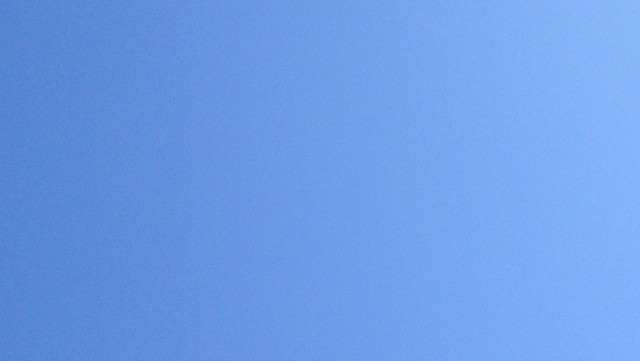
★★★★★ No need for a jacket in the morning. Quilted reflections of light lay in the dark space between an SUV and a truck. A rear collar button shone; trees on a stepback roof five stories up leaned out of their own building’s shadow to catch the light. The line of Sabrett umbrellas and the steel globe outside the Trump International Hotel and Tower were equally blinding. A woman in a phosphorescent white suit, whiter than her hair, rested her bag on a bollard. On the eight-block walk down Broadway, looking at the phone never entered the mind. Piled garbage on Prince Street was starting to smell. A worker dabbed new black paint on a violently bent and leaning railing around a planting bed. The little viola sounded at least as good out in the brightness of the roof as it ever had sounded indoors.
The Penthouse Derby
by Brendan O’Connor
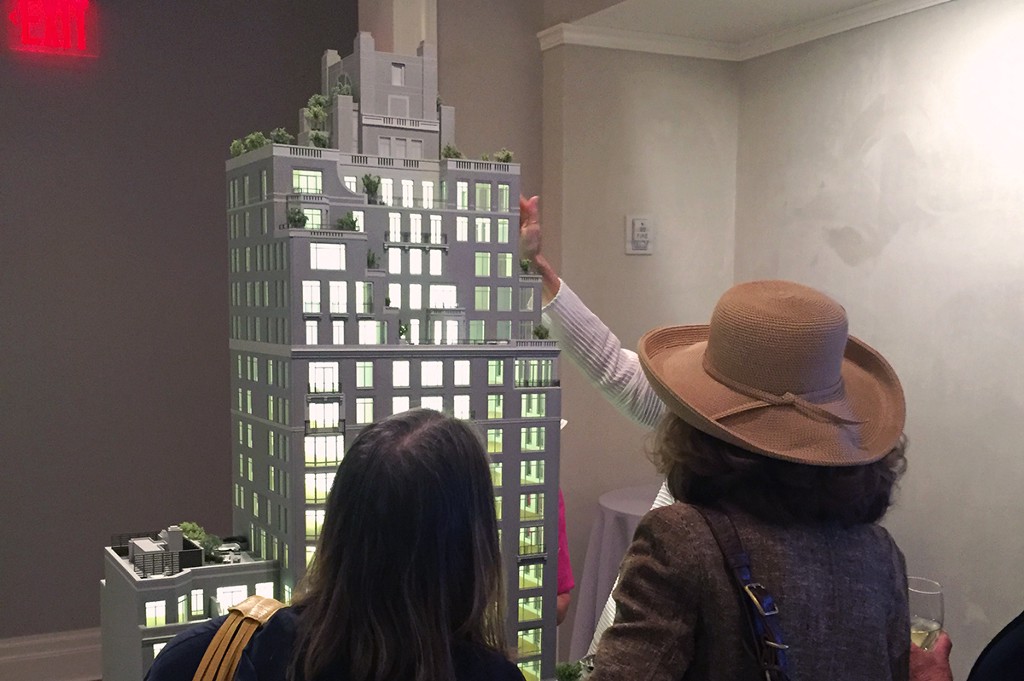
20 East End
• Available units from $4,535,000 to $11,950,000
• From 2 bedrooms and 2 bathrooms to
4 bedroom and 5.5 bathrooms
• From 1,912 square feet to 5,201 square feet
• Nearest subway: 6 train at 77th Street
Last night, the Corcoran Sunshine Marketing Group hosted a Kentucky Derby Celebration at the 20 East End sales gallery. The 2015 Kentucky Derby is on Saturday at Louisville’s Churchill Downs; the 20 East End sales gallery is at 744 Madison Avenue, between 64th and 65th Streets, while 20 East End is at 20 East End Avenue, between 80th and 81st Streets. Attendees of the Kentucky Derby Celebration — mostly brokers, and some press — were invited to “don your finest derby attire.” There were a lot of hats.
A sales gallery is a kind of model home for fancy apartments. It is hard to get someone to agree to spend millions of dollars on an apartment that is still under construction! To one degree of detail or another, a developer who is trying to sell such units may build out a replica of what one of those condos is anticipated to look like. “It was very important that the building not look like it’s in Epcot,” Nicole Siciliano-Trazzera, sales director on the project, told me as we took a tour of the sales gallery.
20 East End was designed by Robert A.M. Stern and developed by the Corigin Real Estate Group. In September, the New York Times described the building’s aesthetic as “Scaled-Down Luxury.” According to the Times, at 20 East End “you don’t have to own a 20-room apartment to live as though you do.” A few months later, the New York Observer sneered at this claim: “The very term ‘luxury,’ has in the last few years grown so inclusive as to be quite nearly meaningless.”
The seventeen-story building, when finished, will comprise forty-three apartments. Luxury amenities — such as individual wine and cordial lockers, and a kitchen that can be used for dinner parties too large to host in your apartment — will be found in communal spaces. Common space “was designed to be an extension” of owners’ homes, Edward Baquero, president of Corigin Real Estate, told the Observer. “The way the building performs is much more like a private club than a residential, family building,” Siciliano-Trazzera, said. “It has a very European sensibility.”
Siciliano-Trazzera was particularly proud of the building’s motor court, the first of its kind to be built in New York City in eighty years. “There’s no garage in the building,” she clarified. “There’s a runner on staff, so they’ll take your car to the garage for you when you return and pick the car up for you on your way out.” There’s also a limestone fountain. “It’s about the audible experience.”
A rendering of the view from outside one of the twenty-million-dollar penthouse terraces flashed across a colossal, high-definition screen. “Look at that terrace,” Siciliano-Trazzera said. “It’s sick, right?”
The building is five long-blocks and three short-blocks away from the nearest subway. “People love the refuge,” Siciliano-Trazzera said. “It’s like living in Manhattan, with a small-town feel.”

151 East 78th Street, #PHB
• $10,850,000
• 3 beds, 3.5 baths
• 3,381 square feet
• Common Charges: $4,427; Monthly Taxes: $2,730
• Nearest subway: 6 train at 77th Street
Downstairs, there is another sales gallery, for 151 East 78th Street, another new development. Incidentally, buildings housing non-profit organizations were sold and demolished to make way for both 151 East 78th Street and 20 East End: Spruce Capital Partners, the developer on East 78th Street, bought three townhouses on the block in 2012, including one belonging to the Ackerman Institute for the Family, which listed its townhouse after losing 3.3 million dollars to Bernie Madoff’s Ponzi scheme; that same year, the City University of New York sold its former headquarters at 20 East End Avenue for nearly sixty-two million dollars.
All of the units in 151 East 78th have been sold except for one, Cathy Taub, a broker with Stribling, told me. So, the sales gallery — which had not been built out to nearly the same level of detail as the gallery for 20 East End — did its job. “In order to sell apartments of this magnitude, people want to see and touch exactly what they’re buying,” Taub said. She showed me into the master bathroom, and pointed me towards the shower. “We’ve had eight people in there,” she laughed. “Sorry. I’m on my second mint julep.”
I asked Taub what would happen to the model apartment once 151 East 78th was completely sold. “I don’t know, actually,” she said. “I guess it’ll just become something completely different?”
The Twitter Withdrawal

A short series of tweets helped remove about eight billion dollars of value from Twitter’s stock this week. They were posted before Twitter’s official announcement by a firm that uses software to crawl the internet for financial information, and, as breaking primary materials, it’s possible they exacerbated that rate and depth of the stock’s decline. Twitter proved its purported value by wounding itself.
For years, the story of Twitter was about the people who used it: who they were, what they did, and how they did it. It was strange and fun to watch millions of people figure out what to do with this weird site; it was strange, and maybe less fun, to watch the company gradually capture and integrate its users’ ideas and habits into the service’s growing superstructure (“new” Twitter features, including hashtags, shortened links, and its entire mobile app, are often not Twitter’s ideas). It was something that a lot of people used a little, and that a few people used obsessively. Like many products, it was something people used in vastly different ways. Like fewer, it was something people figured out very much in public.
The company took its time making money. The last year before going public was a year of consolidation; it was about taming, grooming, and streamlining. Apps were pruned, ads were tested. It became a story of people versus platform, of a company trying to take back control of an intrinsically disorderly service (but not so much as to ruin it). This stage was never completed — the question of what Twitter is, or should be, was never clearly answered. More realistic questions regarding what Twitter users could expect were never addressed. People who use Twitter the most were there to stay, for a while at least, but the site was not much easier to join, or to make sense of, than it was one or two or five years before.
Twitter’s IPO changed its story in the most obvious possible way: Like any other public internet company, its narrative recentered around a single line, the direction of which is determined by the market’s blunt but pragmatic understanding of how many people use Twitter and, just as important, how much they’re worth.
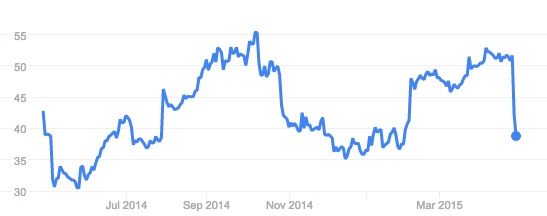
This seems to have had a clarifying effect for Twitter, the product. It is less concerned with what it will become than how it can make money from what it has, so its changes — which, despite blurring together over the last year, have been significant — have been, for the first time, coherent. Maybe even predictable!
In 2013, a month before going public, Twitter starting putting images in its feeds. It added “fav” and “retweet” buttons to the main flow. The effect was Facebook-like. The feed felt more substantial, and less dependent on the things it linked to. It was no longer a scroll of jokes and comments and headlines; it was a scroll of jokes and comments and headlines and photos and videos and chunks of articles. People had a few more reasons to stay in the feed, and fewer to leave.
The path Twitter chose then is the one it still seems to be on; each change since then — most recently, Twitter added the ability to embed tweets within tweets — has emphasized Twitter’s own feed over the things it references. For years, Twitter was largely and stubbornly centered around links, contributing to the web and providing and layer through which to interpret it; now, it is withdrawing into itself.
And why not? Facebook’s line about how linking to outside articles is a bad experience — in that it takes a few seconds — is absolutely true if you privilege the Facebook experience, which Facebook obviously does. Its users reflect this back at Facebook when a video embedded in the Facebook feed, rather than hidden behind a play button or a website, is noticed and watched more.
Twitter is seeing a similar sort of confirmation. It is possible to embed enough media inside Twitter — images, videos, GIFs, article previews — that its users now expect to be able to embed anything. My (admittedly news-centric) Twitter feed is full of people trying to cram more into each tweet. Instead of linking to news stories, people will link to tweets about news stories, which contain enough information to serve that purpose; instead of quoting a few words from an article in a tweet, people will screenshot and highlight multiple paragraphs. There are quotes everywhere, in part because there are tools designed to make posting them easier. The best one was created, perhaps not entirely coincidentally, by a former VP at the Twitter.
The resulting feed is one in which links are variously demoted. Links are hat-tips, polite credits, or customary reminders that there is more to see, somewhere else, if you care. They contain the leftovers — the things that weren’t good enough for the screenshot, the highlight, and the post. Eventually, they’re metadata.
Remember before Twitter, @vilkomerson, when people would say ANYTHING to a reporter? http://t.co/ZPec6e6rCI pic.twitter.com/5WNxQnCPr3
— Choire (@Choire) April 30, 2015
Now imagine, in some near-future version of Twitter, a tweet that expands not just into a card but into a fuller preview, or even an entire article. Perhaps Twitter could formalize some rules for outside text content! Perhaps web publishers would balk at such a system, which would represent one more concession to an internet that is increasingly hostile to their existence, but they wouldn’t have much choice. Without Twitter’s help, some of its most active users are hashing out this new form of aggregation — part blogging, part self-promoting, part performance, and entirely on Twitter.
Internet platforms inherently favor their own content; more subtly, they create the conditions for their users to do the same. Maybe Twitter finishes withdrawing from the web, withers, and dies. Or maybe it gradually envelops its users and finds a way to extract more money from them! Maybe it will find itself somewhere in the middle, able to monetize millions of users who are increasingly aware that their conversations are now occurring on someone else’s terms, and are becoming resentful of this fact.
Or maybe, after the big social networks have declared independence from the web that birthed them, it will turn out that feeds don’t make very good channels at all.
